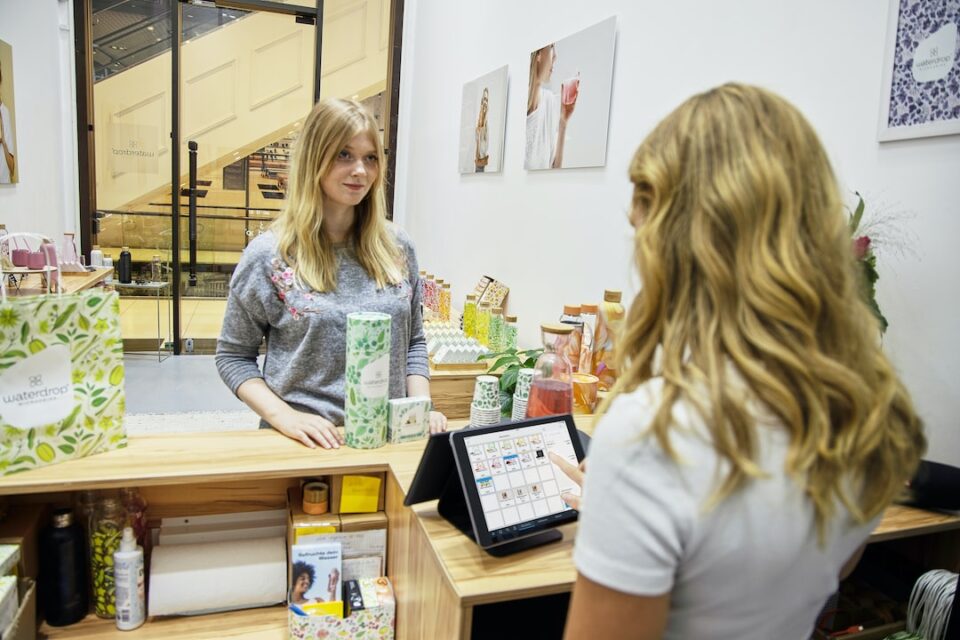How Retailers are Incorporating Technology to Enhance In-Store Experiences
In a world where online shopping has become increasingly popular, traditional brick-and-mortar retailers need to find innovative ways to enhance the in-store experience for their customers. One way they are achieving this is by incorporating technology into their stores. By leveraging advanced tech solutions, retailers are not only attracting more customers but also providing them with a seamless and personalized shopping experience.
One technology that has been widely adopted by retailers is mobile payment systems. This allows customers to pay for their purchases using their smartphones, eliminating the need for physical cash or credit cards. With quick and secure transactions, customers can breeze through the checkout process, saving valuable time. Additionally, mobile payment systems can provide customers with digital receipts, eliminating the hassle of paper receipts and making it easier for them to track their purchases.
Retailers are also investing in augmented reality (AR) and virtual reality (VR) to create immersive shopping experiences. Through AR, customers can use their smartphones or special headsets to visualize how a product will look like in their homes or on their bodies. For example, a furniture retailer can offer an AR app that allows customers to see how a sofa would fit in their living room before making a purchase. This not only enhances the customer’s decision-making process but also reduces the likelihood of returns and disappointments.
In addition to AR, VR is being employed to provide customers with unique and interactive experiences. Retailers are building virtual stores where customers can explore a vast product range in a digital environment. This allows them to virtually try on clothes, test out electronic devices, or even take a virtual tour of a vacation destination. By integrating VR into their stores, retailers are able to offer experiences that go beyond what can be provided online.
Another technology transforming the in-store experience is the use of smart mirrors. These mirrors are equipped with screens that display additional product information, such as available sizes, colors, and customer reviews. Customers can also use them to request assistance from store associates, who can communicate with the customers through the mirror. Additionally, smart mirrors can act as virtual fitting rooms, allowing customers to try on different outfits without physically changing clothes. This saves time and enhances convenience, as customers can quickly discover what suits them best without having to constantly leave the fitting room.
Furthermore, retailers are using data analytics and artificial intelligence (AI) to personalize the shopping experience for their customers. By analyzing purchasing patterns and preferences, retailers can offer personalized recommendations, promotions, and discounts. AI-powered chatbots are also being used to provide customers with immediate assistance, answering their queries and guiding them through their shopping journey. This not only enhances customer satisfaction but also increases the likelihood of repeat purchases.
The integration of technology into brick-and-mortar stores has not only enhanced the in-store experience but also blurred the lines between online and offline shopping. The convenience and personalization provided by these technological advancements ensure that customers keep coming back to physical stores, even in the age of e-commerce.
In conclusion, retailers are recognizing the need to incorporate technology into their stores to enhance the in-store experience for their customers. From mobile payment systems to augmented reality and virtual reality, these technologies are providing customers with immersive and personalized shopping experiences. Additionally, smart mirrors, data analytics, and AI-powered chatbots further enhance convenience and customization. As the retail landscape evolves, these technological innovations will continue to shape the future of in-store shopping.


